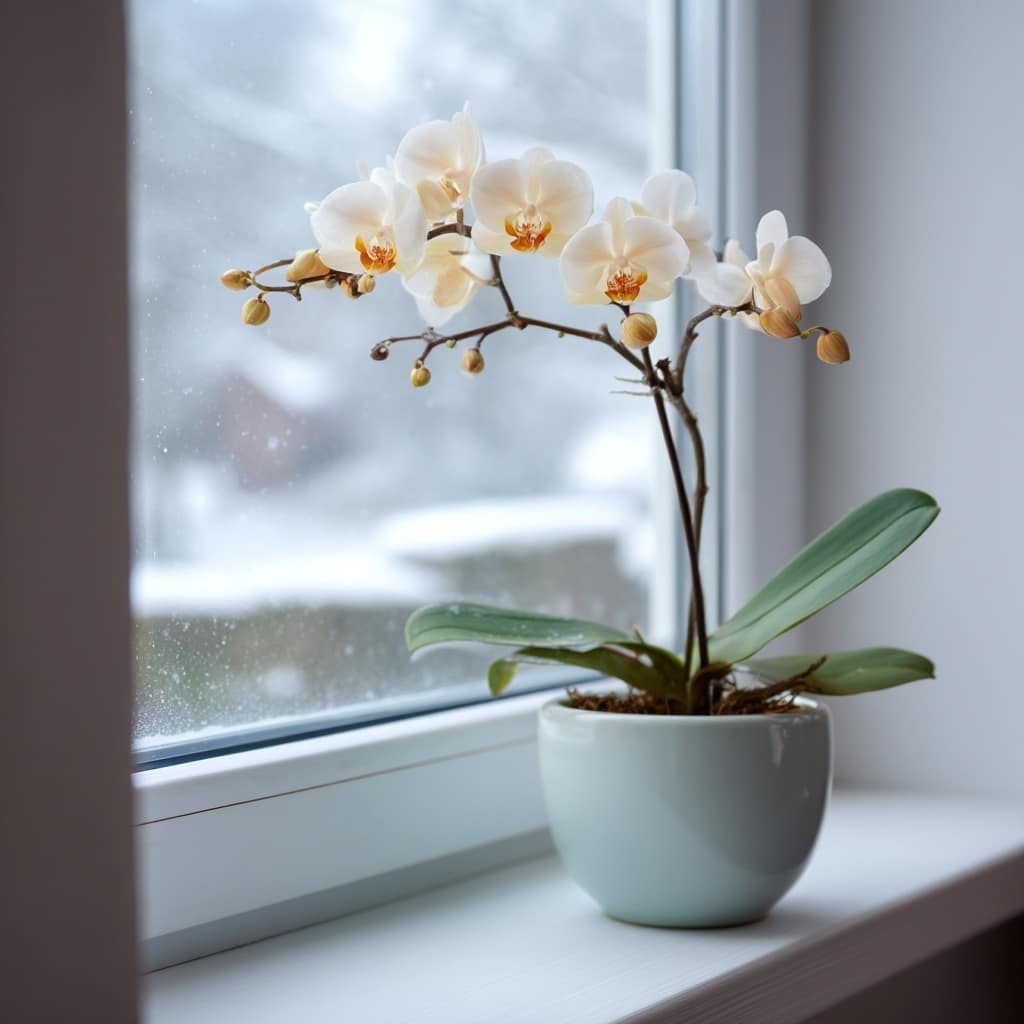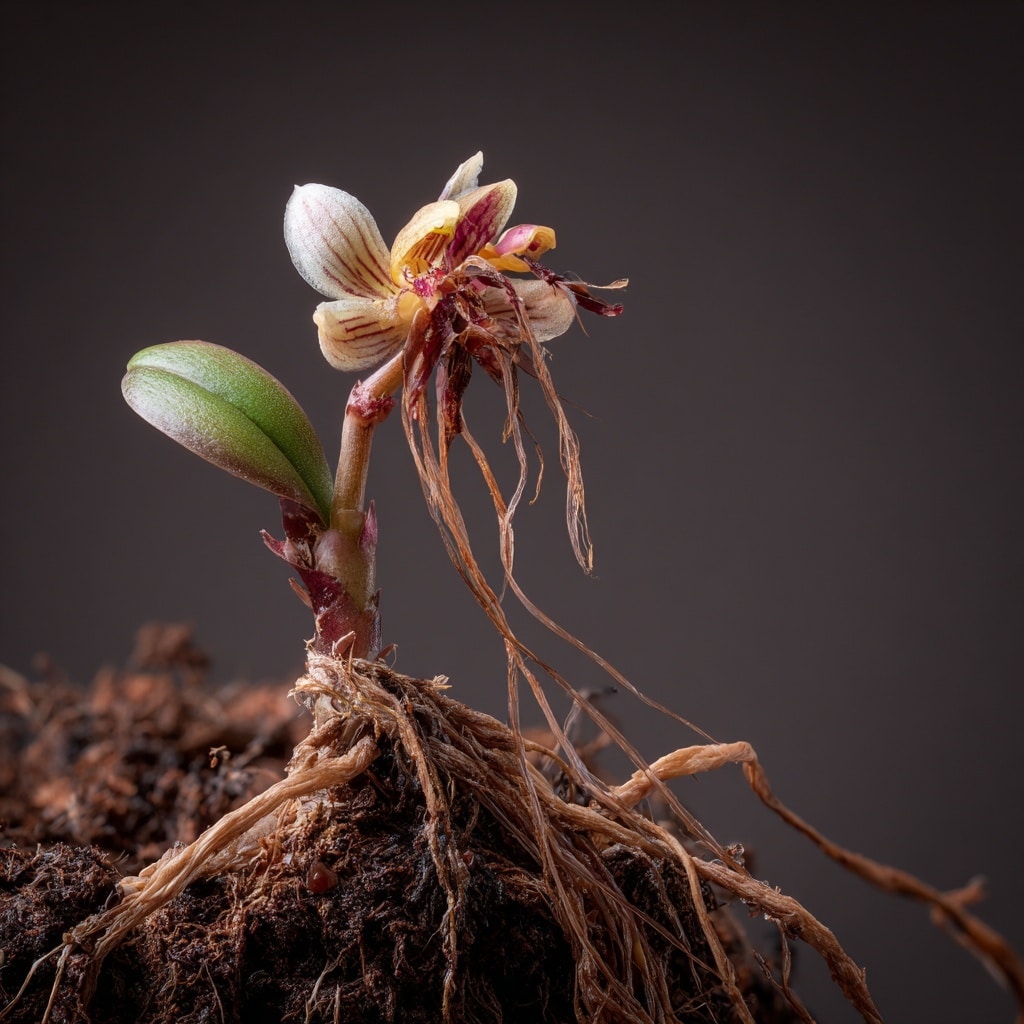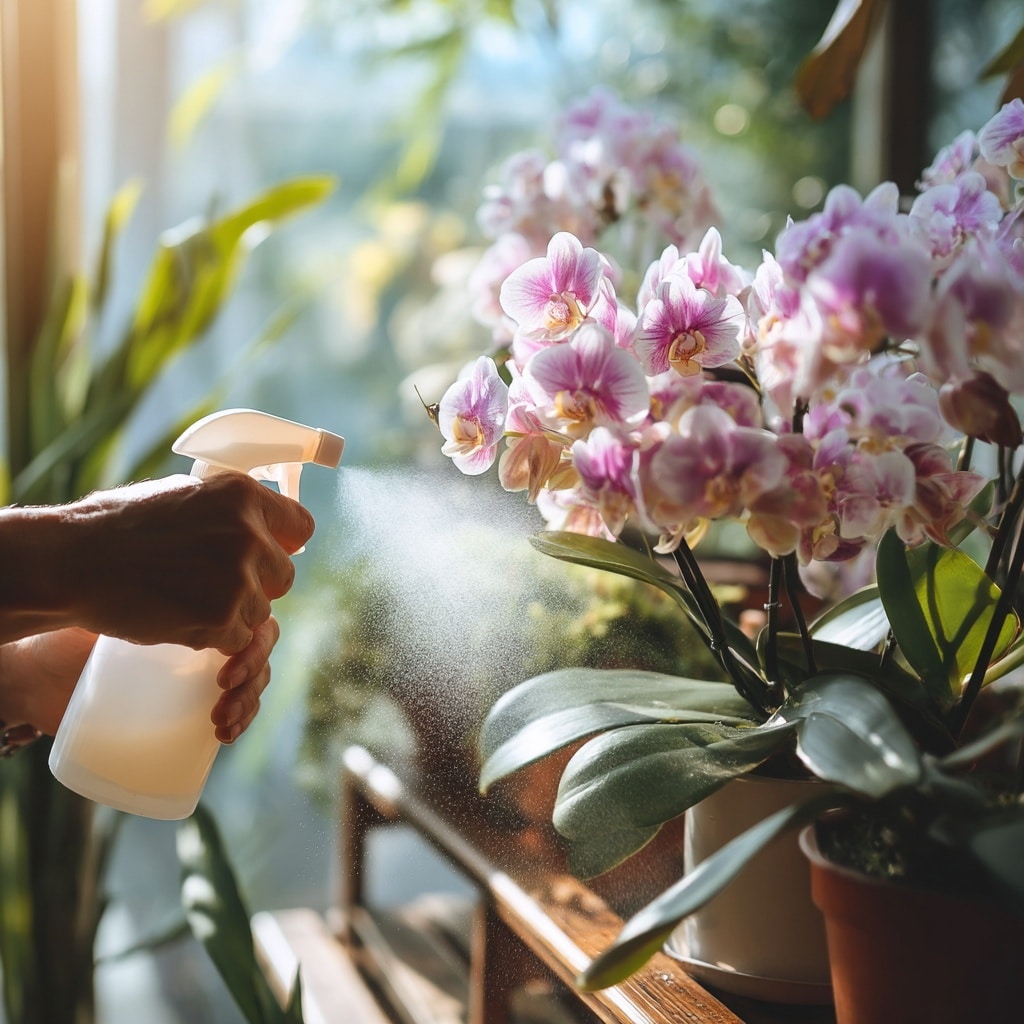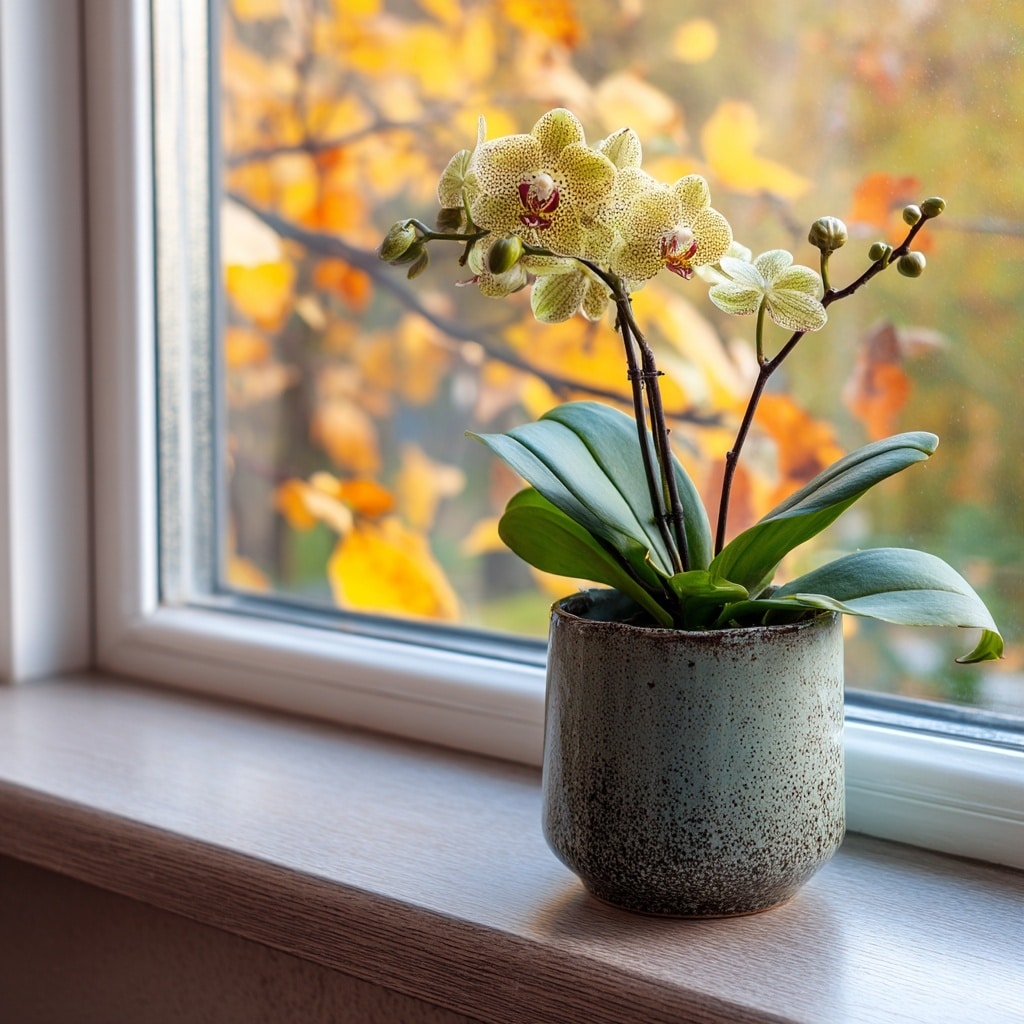Orchid care doesn’t stop once the blooms fade. In fact, it’s what you do after those vibrant flowers drop that sets the stage for the next round of stunning blossoms. Fertilizing your orchid correctly is the key to supporting its energy reserves and encouraging healthy roots, leaves, and eventual flowering. Many growers make the mistake of overfeeding or choosing the wrong time of year, which can lead to poor blooms or stressed plants. This guide breaks down five expert-backed orchid fertilizing tips to help you maximize blooming potential while keeping your plant thriving year-round.
Table of Contents
1. Use a Diluted Orchid-Specific Fertilizer
When feeding your orchid, always opt for a balanced 10-10-10 fertilizer that’s specially formulated for orchids. But here’s the key—dilute it to one-quarter strength. Unlike other houseplants, orchids respond better to smaller, more frequent feedings rather than full doses.
Think of it like snacks instead of heavy meals. Feeding your orchid too much at once can stress the roots and lead to fertilizer burn. A weak solution every couple of weeks helps maintain steady nutrient levels, which supports root health, leaf development, and eventually, flower spike production.
If you’re unsure, follow this simple rule: when in doubt, dilute. A light hand goes a long way in orchid care.
2. Skip Fertilizer During the Winter Months

Even though your orchid might still look alive in winter, it’s actually entering a rest phase. During this dormancy, the plant slows its growth due to reduced light and cooler indoor temperatures. Adding fertilizer during this time does more harm than good.
Why? Because inactive roots can’t absorb nutrients properly. Feeding during dormancy increases the risk of root burn, which can delay blooming or even damage your plant long-term. Instead, let your orchid rest undisturbed in winter.
Resume fertilizing only when you notice new growth—usually leaf tips or root spikes—in early spring. Timing is crucial for supporting the orchid’s natural bloom cycle without disrupting its rhythm.
3. Begin Fertilizing in Late Winter or Early Spring

As daylight hours increase and temperatures rise, your orchid begins to wake from its winter rest. This is the signal to start fertilizing again. Typically, this happens around March or April, depending on your climate. In warmer zones, new growth might appear as early as late February, while in cooler areas, it may be closer to May.
Watch your orchid closely—look for signs like fresh green root tips or a new leaf starting to unfurl. These are clear indicators that the plant is ready to be fed.
Starting fertilization at this time helps provide the nutrients needed to support vigorous leaf development and initiate flower spike formation—setting the stage for successful blooming later in the year.
4. Fertilize Every Two Weeks During the Growing Season

Once your orchid enters its active growth phase—usually from March through October—it needs regular feeding to support robust development. During this time, fertilize your plant every two weeks using a diluted orchid fertilizer (one-quarter strength, as mentioned earlier).
Consistent feeding encourages the growth of healthy leaves, roots, and flower spikes. Skipping feedings or using full-strength fertilizer sporadically can disrupt this cycle, weakening your orchid and reducing bloom potential.
For an extra boost, you can also mist the leaves with a solution of 2 tablespoons of Epsom salt per gallon of water once a month. This provides magnesium and calcium, which help your orchid produce more chlorophyll and absorb nutrients more efficiently.
Think of this as a vitamin spray for your orchid — gentle but effective.
5. Stop Fertilizing by Late October

As the days shorten and temperatures cool, your orchid receives a natural signal that it’s time to slow down. Around late October, begin tapering off fertilization entirely. Continuing to feed past this point won’t produce more flowers—it can actually disrupt the bloom cycle or cause stress to the plant.
By halting fertilizer in late fall, you allow your orchid to shift its energy toward flower spike development, which often starts invisibly weeks before buds appear.
Avoid the temptation to “push” the plant with extra nutrients during this time. Rest is just as vital as feeding—trust the natural rhythm of your orchid, and it will reward you with stunning blooms in the months to come.
Conclusion
Caring for your orchid isn’t just about watering and waiting—it’s about understanding its natural cycles and giving it the right nutrients at the right time. By using a diluted orchid-specific fertilizer, skipping feedings during winter, starting again with the first signs of growth, maintaining a steady schedule through the growing season, and stopping before late fall, you give your plant exactly what it needs to thrive.
Patience, timing, and consistency are key. Follow these fertilizing tips, and your orchid will repay you with healthier foliage, stronger roots, and more spectacular blooms year after year.





